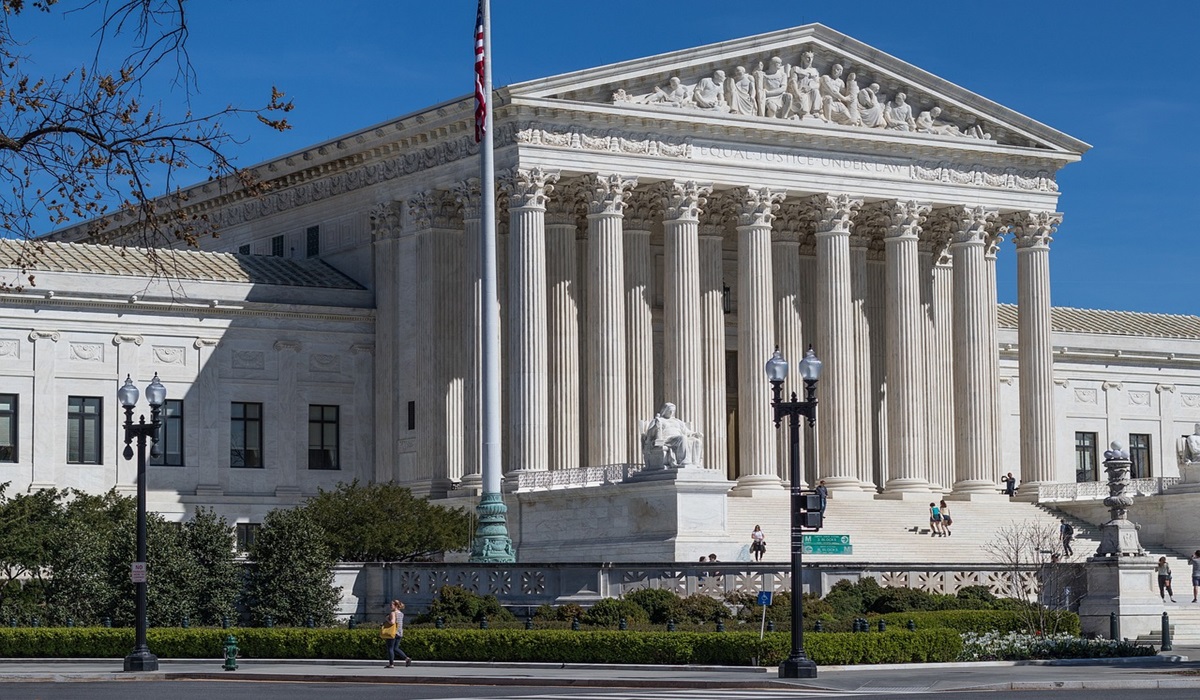US Supreme Court Ends Humphrey’s Executor, Killing Bipartisan Commissions in America
- Xuemei Pal
- Breaking News
- September 29, 2025

The United States Supreme Court has now placed its stamp of approval on something that may permanently alter the balance of governance: the power of the president to fire at will members of federal commissions, regardless of whether Congress designed those bodies to be bipartisan or independent. This ruling came after President Donald Trump, in his sweeping push to consolidate executive authority, dismissed nearly all Democratic members from key federal commissions. The dismissals were challenged, but the Court ultimately ruled in Trump’s favor. For the moment, it is seen as a victory for Trump’s presidency and for Republicans who stand behind the assertion of strong executive power. But the larger precedent may outlast Trump—and even outlast Republican control of the White House—fundamentally reshaping the nature of commissions that, until now, served as carefully balanced instruments of American governance.
To understand how monumental this change is, one must revisit the 1935 Supreme Court case Humphrey’s Executor v. United States. At that time, President Franklin D. Roosevelt sought to fire a member of the Federal Trade Commission, William E. Humphrey, because Humphrey opposed some of Roosevelt’s New Deal policies. Humphrey argued that Congress had specifically structured the FTC as an independent, bipartisan body, meaning its members could not simply be removed for political reasons. After Humphrey’s death, his estate continued the lawsuit, and the Supreme Court ultimately ruled in his favor.
That decision established a bedrock principle: while the president could remove executive officers who directly answered to him, he could not fire members of independent commissions created by Congress to operate outside of direct presidential control. The Court saw such commissions—like the FTC, the Federal Communications Commission (FCC), or the Securities and Exchange Commission (SEC)—as quasi-legislative and quasi-judicial. They were intentionally insulated from partisan swings so they could regulate, adjudicate, and oversee in ways that Congress intended to be balanced and impartial.
For nearly a century, Humphrey’s Executor stood as one of the few legal guardrails on presidential overreach. Until now.
President Trump made no secret of his contempt for bipartisan or independent commissions. Seeing them as obstacles staffed with Democrats hostile to his policies, he ordered sweeping firings across multiple agencies and commissions. These included, but were not limited to:
- Federal Trade Commission (FTC)
- Federal Communications Commission (FCC)
- Securities and Exchange Commission (SEC)
- Federal Election Commission (FEC)
- National Labor Relations Board (NLRB)
- Consumer Product Safety Commission (CPSC)
- Equal Employment Opportunity Commission (EEOC)
- Nuclear Regulatory Commission (NRC)
- Commodity Futures Trading Commission (CFTC)
- Federal Energy Regulatory Commission (FERC)
Each of these commissions was deliberately structured by Congress to maintain balance—usually requiring an equal or near-equal number of Democrats and Republicans. Their purpose was to ensure that no single party could dominate oversight of elections, markets, energy regulation, or labor relations.
But Trump’s firings were appealed, and the case ultimately landed before the Supreme Court. In a highly consequential ruling, the Court sided with Trump, striking down Humphrey’s Executor as a binding precedent. The justices declared that the president does, in fact, have the authority to remove commissioners at will.
For Trump and his allies, the decision is a triumph. It allows the president to directly shape the very bodies that regulate business, oversee elections, and mediate labor disputes. It strips away the notion of commissions as independent referees and reframes them as arms of the executive branch, subject to presidential direction.
But this victory may prove pyrrhic. Trump will not remain president forever. If Democrats capture the White House, they now inherit the same power. The precedent, codified by the highest court, ensures that future Democratic presidents can dismiss Republican commissioners wholesale and replace them with their own loyalists. What was once a bipartisan safeguard has been transformed into an instrument of partisan power.
The result will almost certainly be escalation. Republicans are celebrating now, but when the pendulum swings—as it inevitably does in American politics—they may find themselves on the receiving end of the very precedent they applauded. Democrats, justified by the Court’s ruling, could sweep away any notion of bipartisan commissions and fill every seat with their own members. Republicans will howl in protest, but their arguments will ring hollow, for it was Trump’s challenge and the Court’s ruling that made such an outcome possible.
The deeper meaning of this moment lies in the death of bipartisanship within federal commissions. These commissions were one of the last vestiges of cross-party governance in America. Even as Congress descended into gridlock and partisanship, commissions like the FEC or FTC still had rules that forced cooperation. Decisions often required bipartisan agreement, meaning compromise was not just encouraged but mandatory.
By allowing presidents to purge commissioners, the Court has effectively undone this design. The new reality is simple: whoever controls the White House controls the commissions.
This shift may have several ripple effects:
- Loss of Public Trust: Commissions once seen as neutral arbiters may now be dismissed as partisan tools, eroding faith in the fairness of regulation and oversight.
- Regulatory Instability: Businesses and citizens will face whiplash as commissions swing wildly in direction depending on the party in power. Labor rules, environmental standards, financial regulations—everything becomes subject to dramatic four-year swings.
- Erosion of Congressional Authority: Congress’s role in creating commissions with bipartisan mandates has been gutted. The legislative branch loses yet another check on the executive.
Trump’s supporters may view this as a permanent strengthening of conservative influence, but history suggests otherwise. In American politics, no party stays in power forever. By securing this ruling, Trump has not locked in Republican dominance of commissions—he has instead handed Democrats the same tool.
The next Democratic president could, on day one, purge every Republican from the FTC, FCC, FEC, or SEC. They could appoint loyalists who would pursue progressive regulatory agendas without compromise. Republicans, who are currently cheering, would find themselves powerless to stop it.
In the long run, then, the decision may weaken not just one party but the fabric of American governance itself. What was once a system designed to moderate extremes may now become an accelerant of them.
The Supreme Court’s ruling in favor of Trump’s firings effectively overturns the principle of Humphrey’s Executor and rewrites the relationship between the president and federal commissions. It may be remembered as a short-term victory for Trump and Republicans, but its legacy will be long-term instability and partisan warfare within the very institutions designed to prevent such outcomes.
Bipartisanship, already battered in Congress, has now been stripped from commissions. Trump’s precedent ensures that future presidents, Democrat or Republican, can stack the deck however they wish. Today it benefits Trump’s party; tomorrow it may devastate them.
What remains is a hollowed-out vision of governance where independent oversight is a relic, and where commissions, once bastions of balance, become weapons in the ceaseless partisan struggle.








